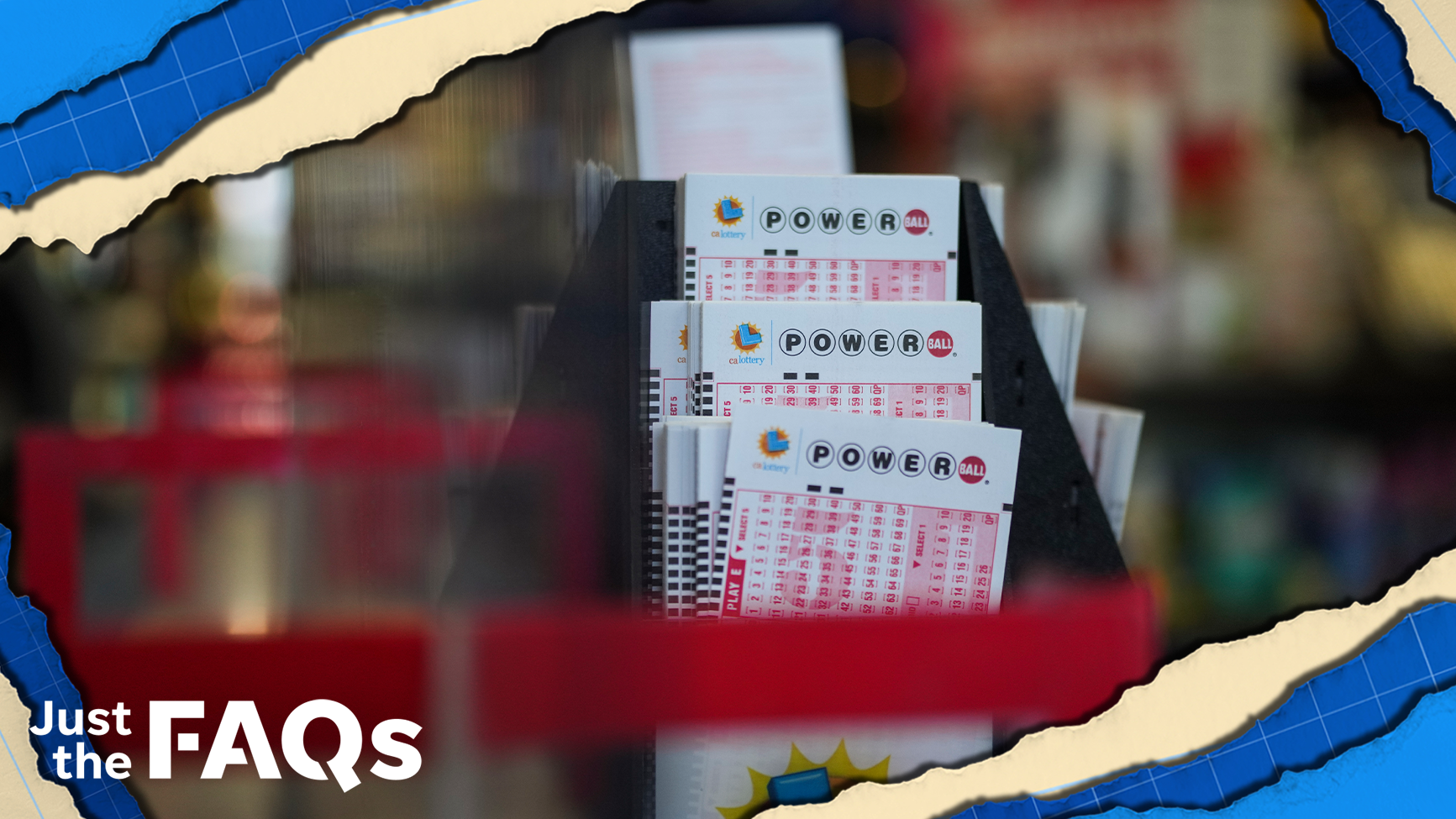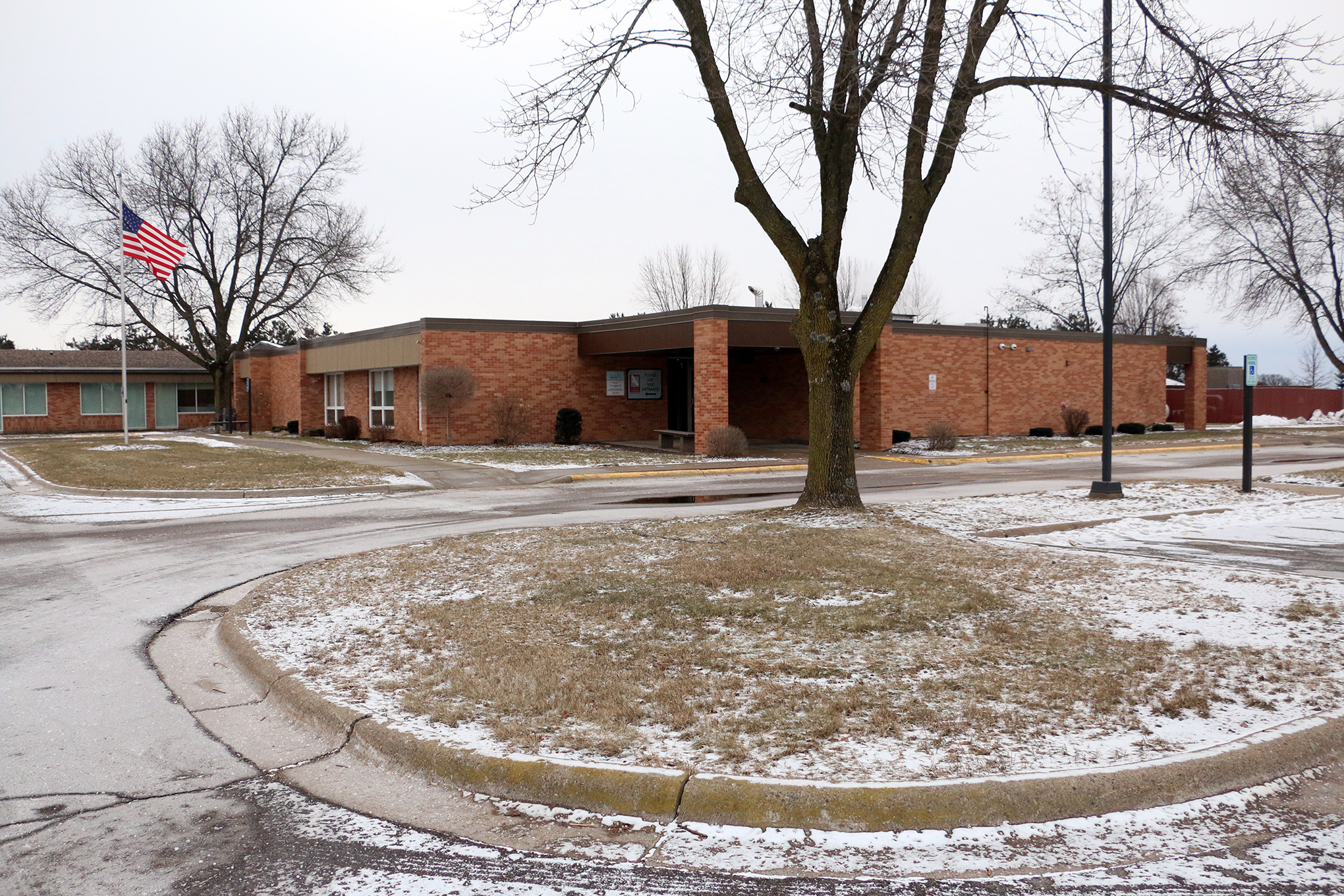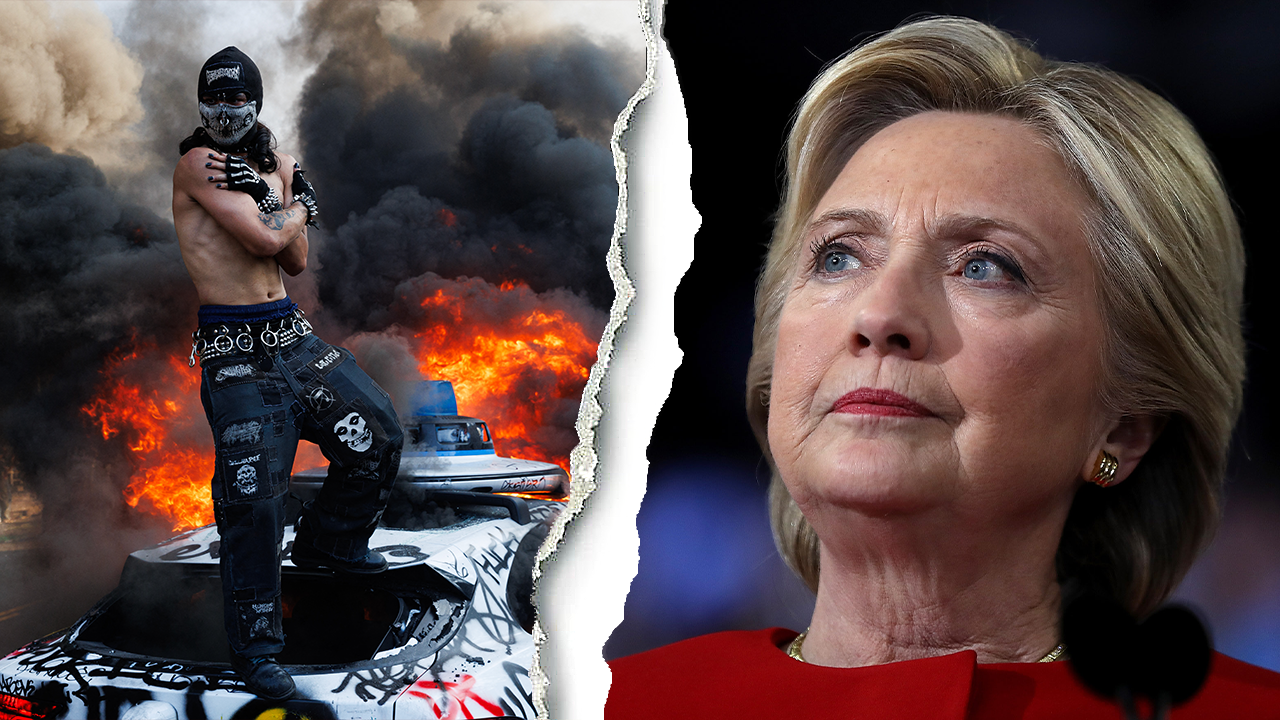Texas
I live in Texas and I'm not surprised so many people are moving here — I'm surprised where they're choosing to settle
In the early 2000s, my parents and I, originally from Liberia, moved to the Dallas-Fort Worth area. We’d spent a few years in Massachusetts, where the winters were chilly and the cost of living was more burdensome.
Texas became a haven for my parents — young immigrants striving to make their mark in a country that, at times, felt overwhelmingly unfamiliar and challenging. To them, the state represented many things: A place they could actually save money and get ahead, but that also carried some of the values of hard work and community they left across the Atlantic.
Some two decades on, my parents have accomplished so much. They’ve sent me and my brother to college, launched their own appliance-repair business, and even constructed their dream home — all in DFW.
Given the success they’ve attained in Texas, it’s no wonder to me that the state continues to draw the interest of so many people. Between 2021 and 2022, Texas gained 670,000 new residents, according to Census Bureau data — the second-most of any state, behind only Florida. Recent transplants to Texas have shared with Business Insider in interviews that their moves were motivated by more affordable home and rent prices, political freedom, a slower pace of life, and more.
As a Texan, it’s unsurprising that these factors have lured hundreds of thousands of people to the state over the past few years. What intrigues me even more is where, exactly, transplants are pursuing the American dream in Texas and how that’s changed since my family touched down on its soil.
P A Thompson/Getty Images
Rather than relocating to the largest cities in the state, newcomers and long-time residents are increasingly opting for places viewed as secondary cities or suburbs — areas like New Braunfels, nestled in the heart of the Texas hill country between San Antonio and Austin, and Katy, situated 30 minutes west of Houston.
Census data that compares Texas’ city populations between 2020 and mid-2022 estimates reveals that smaller spots, including New Braunfels and Katy, saw their populations surge. Meanwhile, major metropolises like Austin, Houston, and Dallas witnessed minimal growth — and sometimes even net population declines.
I set out to figure out why.
Larger Texas cities are losing appeal for some
Many friends and I had aspirations of moving from our small college town to Dallas or Austin — cities that, back then, appeared larger than life to us.
However, years post-graduation, many who ventured to these large cities have either returned to their smaller hometowns or established roots in the suburbs surrounding those dense metropolises.
They’re looking for affordability and a more joyful way of life — ingredients that can be harder to find in bigger Texas cities.
Evan Semones
Take Austin, for example. A surge in new residents driven by a blossoming Big Tech scene and an upswing in remote work nationwide has reshaped its essence. Once known for its laid-back atmosphere and a plethora of mom-and-pop shops, some people now believe the city features too many cookie-cutter buildings, upscale restaurants, and traffic jams that diminish its “small-town” charm. The arrival of transplants with higher incomes has also elevated housing costs, pricing out locals and dissuading prospective homebuyers who once had aspirations of owning in the city.
Each month, the home-listings site Redfin analyzes the number of people in cities across the US who browse for properties within their own city compared to those who house-hunt outside of where they already live. Redfin sees the comparison as an indicator of whether more people are looking to stay or leave a city.
Austin? For the first time on record, Redfin reported in October, it has more people dreaming of a move out.
Homebuyers are drawn to Texas’ smaller cities
The cultural and economic shifts observed in Austin are playing out in large cities all over Texas.
As a result, many homebuyers are seeking out more affordable and down-to-earth secondary cities such as Katy and New Braunfels. Both areas are among the fastest-growing cities in the US, according to census data.
The concept of the American Dream has historically regarded owning a home as a crucial milestone. Over the past few months, I’ve spoken with several homebuyers who said that they had a greater chance of pursuing the homeownership element of the (very pricey) American Dream in Texas — and in secondary cities in particular.
Courtesy of Keyana Darling
In October, I interviewed Keyana Darling, a 29-year-old single mother who moved to Katy earlier this year. Prior to our conversation, Katy — a city west of Houston known for, among other things, great schools — wasn’t really on my radar. It had only caught my attention after hearing it mentioned in Drake’s 2020 pop hit “Desire.”
Darling told me that before moving to Katy, she lived in a high-rise rental apartment in downtown Houston that cost $2,900 a month. Then she became concerned about her family’s safety.
“There were apartment and car break-ins, and the homelessness situation was just crazy,” she said. “I felt like I couldn’t walk my dog outside.”
After visiting a friend in Katy, she felt motivated to move to the city herself, believing that its relatively cheaper real estate offered her a better chance at homeownership than Houston.
“My friend was younger than me, so I thought if she could buy a home there, I could, too,” she said.
Darling was right. In August, she purchased a three-bedroom, two-bathroom home for $324,000.
She told me that moving to Katy not only gave her a chance to build generational wealth for her children, but also provide them with neighbors who feel like family.
“Katy is very diverse, and I actually love it,” Darling said. “Being a Black single mother, the fact that I have so many different neighbors who all come from different backgrounds and races and are genuinely good people is huge.”
Courtesy of Janelle Crossan
Just this week, I caught up with California native Janelle Crossan, a 44-year-old single mother who also opted for smaller-town life in Texas. She chose New Braunfels, a town between Austin and San Antonio best known for its German heritage and the iconic Schlitterbahn Waterpark.
“I realized that a lot of the things that I wanted to get away from in California might also just be big-city things, so I decided to try something new,” she said. “I just want my whole life to be different. I put my brakes down in New Braunfels, and I absolutely love it here.”
Crossan, a divorcée who struggled to make ends meet in the California town of Mesa, was also seeking an affordable place to buy a home and a “cute and nice place to raise kids.” After moving to New Braunfels in 2020, Crossan went on to purchase her first home for $240,000.
“I paid $1,750 for rent in a crappy little apartment in California,” Crossan told Business Insider’s Erin Snodgrass earlier this year. “Now, three years later, my whole payment, including mortgage and property taxes, is $1,800 a month for my three-bedroom house.”
Reviewing all of the evidence, I had my answer.
Glimmers of possibility and opportunity, the same American Dream my parents sought, are now drawing movers to smaller spots, where movers believe that lower costs of living and close-knit communities are more attainable.
Diving into the census data with the help of BI’s economic data editor Andy Kiersz, I saw that the Texas towns and cities with the most population growth are indeed outside big cities. Populations more than doubled in Josephine, Caddo Mills, and Celina, all outside my family’s home of DFW. In Liberty Hill, outside Austin. And in Fulshear, outside Houston.
It’s unsurprising to me that so many Americans are chasing the American dream in Texas. Despite challenges like higher property taxes, divisive politics, and an antiquated energy grid, the state remains a desirable place to live.
Perhaps what’s more interesting, at least to me, is the rise of what could be called Texas’ underdog cities. It highlights just how much things have changed since my parents arrived in Texas to realize their own dreams more than two decades ago.

Texas
Hundreds protest in Austin against nationwide ICE detentions
:focal(0x0:3000x2000)/static.texastribune.org/media/files/d3fa61a31060a00ce4f21c81921951cf/0609%20Austin%20Ice%20Protest%20RB%20TT%2003.jpg)
Sign up for The Brief, The Texas Tribune’s daily newsletter that keeps readers up to speed on the most essential Texas news.
A largely peaceful march in downtown Austin on Monday condemning the uptick in immigrant detentions across the country dispersed when law enforcement fired tear gas into a portion of the crowd that refused to leave.
The protest, organized by the Party for Socialism and Liberation’s Austin branch, began outside state Capitol grounds at around 7 p.m. as several hundred protesters condemned raids conducted in recent weeks by U.S. Immigration Customs and Enforcement. The group guided the mile-long march and chants through downtown toward the J. J. “Jake” Pickle Federal Building before circling back to the Capitol.
While the organizers announced the end of their gathering just after 8 p.m., more than a hundred protesters continued marching as police told them to leave the streets. Some rerouted back to the federal building but were blocked from it by law enforcement, who eventually fired tear gas canisters into the crowd.
Speakers during the protest and those who marched in downtown Austin said ICE and law enforcement were operating without due process for people they have detained in raids. Some, including Valerie Cruz, an Austin resident and first generation American, came to share their solidarity with undocumented immigrants they say have been villainized by law enforcement.
“I had the privilege of my family being able to come here ‘the right way,’ you know what they say, right? And not everybody has that privilege, not everyone has that luxury, and that’s why I’m here,” Cruz said.
A protest in Dallas also occurred on Monday evening, following two others on Sunday in San Antonio and Houston. All four were inspired by protests against ICE in Los Angeles over the weekend, which started after a series of ICE immigration sweeps and arrests sparked outcry from locals, according to CalMatters.
/https://static.texastribune.org/media/files/c538d23f920120a3f221b85d370ef3be/0609%20Austin%20Ice%20Protest%20RB%20TT%2007.jpg)
Protesters bang their fists and write messages on the doors at the entrance of the J.J. “Jake” Pickle Federal Building during a protest against ICE in Austin on Monday.
Credit:
Ronaldo Bolaños/The Texas Tribune
State and federal authorities have escalated their presence in Los Angeles as protests have continued. The Pentagon on Monday deployed 700 Marines to Los Angeles hours before protesters gathered in Austin. Those Marines are in addition to the 2,000 National Guard troops sent by the Trump administration to Los Angeles.
California Gov. Gavin Newsom called the deployment of law enforcement into Los Angeles an “unmistakable step toward authoritarianism” in a news release on Monday. Newsom is now suing the administration for the guard’s deployment.
SUBSCRIBE NOW
Austin Police Department and Texas Department of Public Safety officers gathered and at times surrounded the protesters as they moved through downtown. At one point, a DPS officer fell off their motorcycle while attempting to corral protesters, and shortly afterward, another officer shot pepper spray at a protester who was not near the fallen motorcycle. That protester, who did not wish to be named, was incapacitated after being sprayed in their face.
According to one eyewitness, at least two people were detained, but APD and DPS did not immediately respond to requests for confirmation. It was also unclear whether anyone was injured by the tear gas.
/https://static.texastribune.org/media/files/56b7f35ed452b5073d2d86dd94e5be1f/0609%20Austin%20Ice%20Protest%20RB%20TT%2001.jpg)
A Department of Public Safety officer sprays a chemical deterrent at a protester during a demonstration against ICE in downtown Austin on Monday. The spray was used after a DPS officer lost control of their bike in the crowd.
Credit:
Ronaldo Bolaños/The Texas Tribune
Big news: 20 more speakers join the TribFest lineup! New additions include Margaret Spellings, former U.S. secretary of education and CEO of the Bipartisan Policy Center; Michael Curry, former presiding bishop and primate of The Episcopal Church; Beto O’Rourke, former U.S. Representative, D-El Paso; Joe Lonsdale, entrepreneur, founder and managing partner at 8VC; and Katie Phang, journalist and trial lawyer.
Get tickets.
TribFest 2025 is presented by JPMorganChase.
Texas
Former Dallas Cowboys player leaves scene of fatal crash, Texas police say

RICHARDSON, Texas — A former player for the Dallas Cowboys is facing criminal charges after police say he struck and killed a motorcycle rider while driving drunk, then left the scene.
A news release from the Richardson Police Department says Kelvin Joseph Jr., 25, of Allen, Texas, is charged with driving while intoxicated, a misdemeanor, and collision involving personal injury or death, a second-degree felony.
The crash occurred just before 5 a.m. Saturday on the North Central Expressway, police say. The driver of the motorcycle, Cody Morris, a 27-year-old woman from Plano, Texas, died at the scene.
About 45 minutes later, Joseph reportedly contacted police and said he had been involved in the crash while driving his BMW sedan. Police say Joseph showed signs of being intoxicated while he spoke with officers.
WFAA Channel 8 reports Joseph was released from jail Sunday morning.
The Cowboys drafted Joseph, a defensive back, in the second round of the 2021 NFL Draft. He played only two seasons with the Cowboys, then was traded to Miami. He also has played for Seattle and Indianapolis.
According to the Dallas Morning News, Joseph currently is playing for the DC Defenders in the United Football League. The Morning News reports that in March 2022, Joseph was in an SUV from which two people fired shots into a group of people in a parking lot. Police determined Joseph was not a shooter, the Morning News reports.
Texas
Dallas weather: Severe weather expected across North Texas

DALLAS – North Texas is facing a significant severe weather event Sunday night, with the potential for widespread damaging winds, large hail, and possible tornadoes.
Sunday Forecast
Big picture view:
The primary threat will be powerful, straight-line winds, with gusts potentially reaching 80 to 95 mph as a line of storms moves through the region. The Storm Prediction Center has issued a Level 4 out of 5 “moderate risk” for a large portion of North Texas, indicating the potential for a significant severe weather outbreak.
“This has the potential to be one of the greatest severe weather events that we’ve seen so far this spring, just with that high wind potential,” Capps said. She noted that winds of that magnitude can cause damage equivalent to an EF-0 or EF-1 tornado.
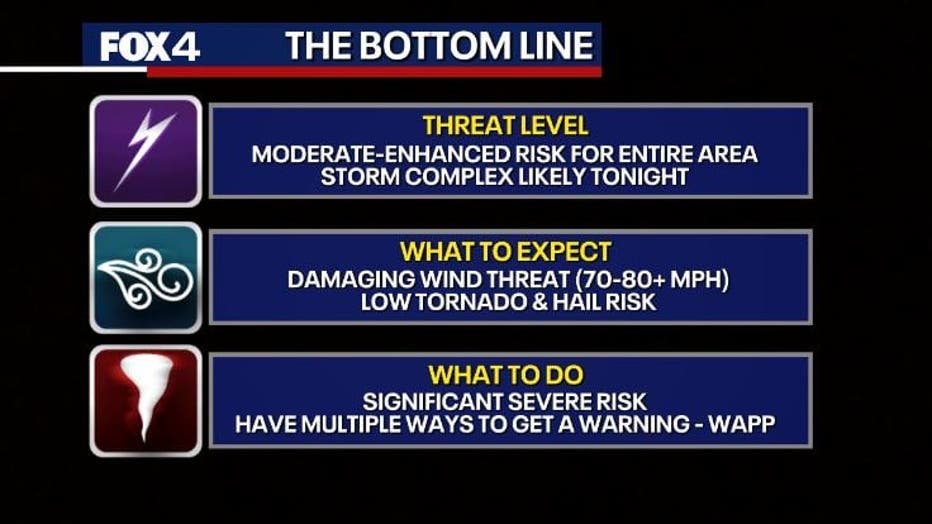
Timeline:
The line of storms is expected to approach northwestern North Texas around 8 p.m. and move into the Dallas-Fort Worth Metroplex between 10 p.m. and midnight. It is forecast to exit the area to the east and southeast between 1 a.m. and 2 a.m. Monday.
“The initial storms that move in from the north and west will have that tornado threat, as well as a large hail threat, but wind continues to be the greatest concern,” Capps said. An increasing flood threat is also a concern due to the potential for heavy rainfall.
Live Radar

Earlier Sunday, scattered showers and some thunderstorms were reported in the far eastern and northeastern parts of North Texas, with some storms crossing the Red River producing hail.
Daytime hours on Sunday are expected to be hot and humid before the storms arrive. High temperatures are forecast to reach the low to mid-90s, with a heat index making it feel like 100 to 104 degrees.
The active weather pattern is expected to continue through the week. Multiple rounds of showers and thunderstorms are in the forecast from Tuesday through Thursday, bringing a continued threat of heavy rain and potential flooding.
7-Day Forecast

Residents are advised to stay weather-aware, have multiple ways to receive warnings, and secure outdoor objects that could become projectiles in high winds.
The Source: Information in this article is from the FOX 4 Weather Team.
-

 West4 days ago
West4 days agoBattle over Space Command HQ location heats up as lawmakers press new Air Force secretary
-
Vermont1 week ago
MMU’s Bea Molson returns to glory, CVU girls claim doubles at tennis championships
-

 News1 week ago
News1 week agoTrump administration continues to target international students. What to know and what could be next.
-

 Indianapolis, IN1 week ago
Indianapolis, IN1 week agoCaitlin Clark among stars at Indiana Pacers vs. New York Knicks Game 6
-
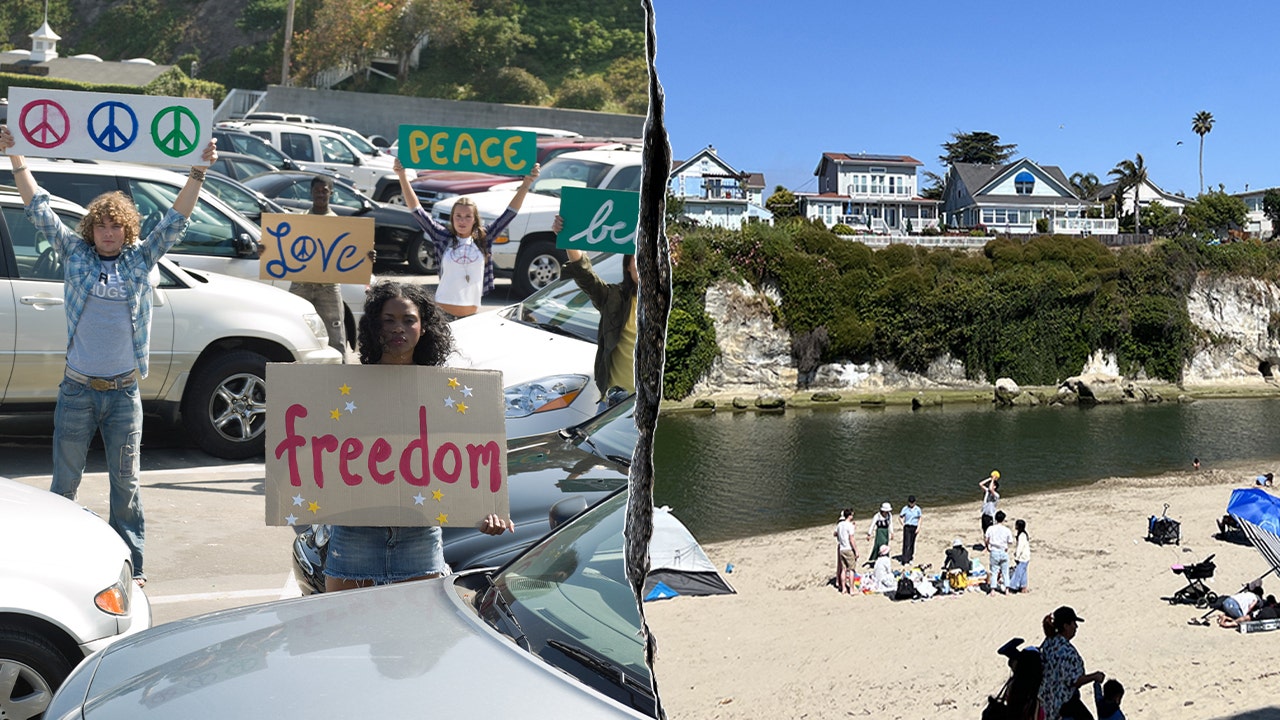
 Politics1 week ago
Politics1 week agoCalifornia beach ‘Resist!’ protest pushes ‘kindness’ while calling to ‘86 47’ in anti-Trump message
-

 Education1 week ago
Education1 week agoVideo: Inside Trump’s Attack on Harvard
-

 Technology1 week ago
Technology1 week agoMicrosoft will finally stop bugging Windows users about Edge — but only in Europe
-
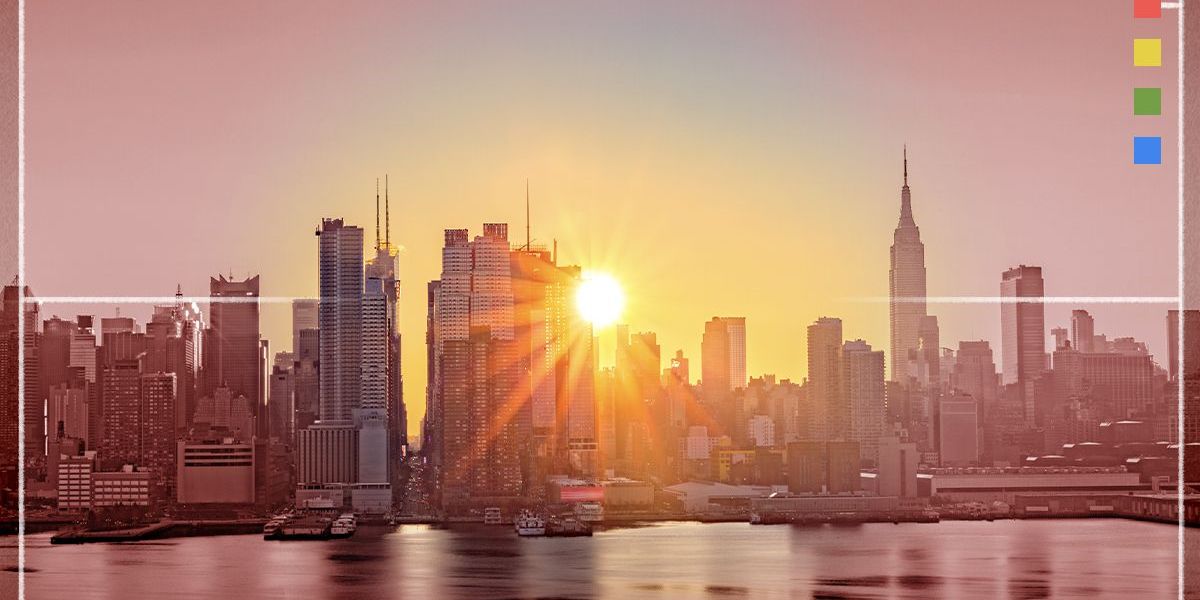
 Alaska1 week ago
Alaska1 week agoInterior Plans to Rescind Drilling Ban in Alaska’s National Petroleum Reserve

